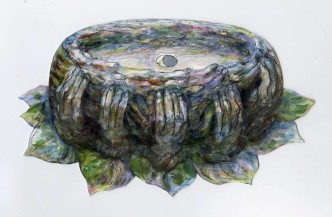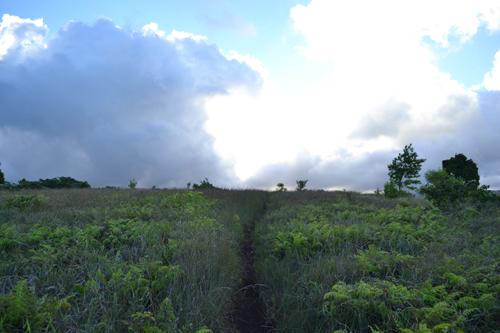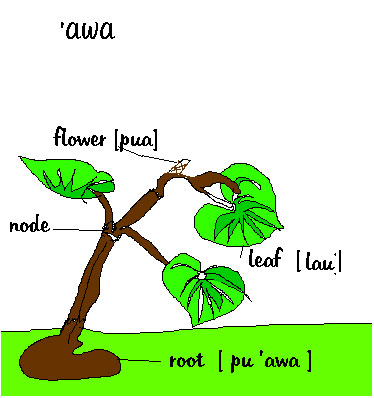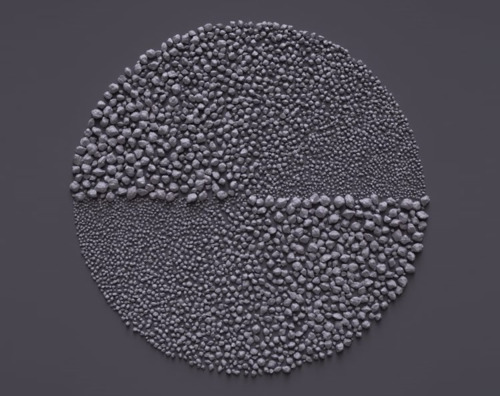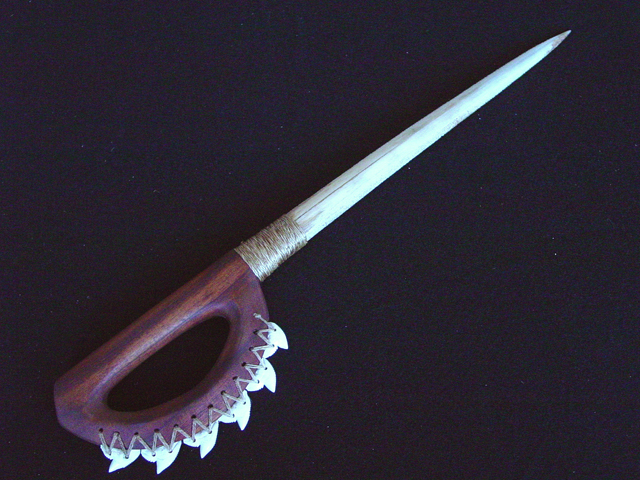Betandreas-da ödəniş üsullarının müxtəlifliyi və müştəri üçün imkanları
Betandreas platforması, oyunçulara bir çox fərqli ödəniş üsulu təqdim edir. Bu, istifadəçilərin öz rahatlığına və seçiminə uyğun olaraq istədikləri metodu seçməyə imkan tanıyır. Ödəniş üsulları arasında seçim edərkən, elektron pul kisələri də xüsusi yer tutur.
İnternetdəki müasir maliyyə metodları arasında elektron pul kisələrinin artan popülarlığı, onların sürətli və təhlükəsiz tranzaksiyalar təmin etməsi ilə sıx bağlıdır. Betandreas, istifadəçilərinə bu cür xidmətləri təqdim edərək, hər kəsin rahatlıqla mərc etməsini təmin edir.
Bu yazıda, Betandreas-da istifadə olunan fərqli ödəniş üsullarını, xüsusən də elektron pul kisələrinin üstünlüklərini araşdıracağıq. İstifadəçilərin bu platformadan necə daha səmərəli yararlana biləcəyini anlamaq üçün nüansları nəzərdən keçirəcəyik.
Betandreas-da kredit kartları ilə ödəniş prosesi
Betandreas platformasında kredit kartları ilə ödəniş prosesi müştərilərə rahatlıq və sürət təqdim edir. Bu üsul, istifadəçilərə depozitlərini asanlıqla yerləşdirməyə imkan tanıyır. Kredit kartı ilə ödənişlər, digər metodlarla müqayisədə daha tez həyata keçirilir.
Ödəniş edərkən, istifadəçilərin yalnız kart məlumatlarını daxil etmələri kifayətdir. Bununla yanaşı, platforma müştərilərin təhlükəsizliyini təmin etmək üçün müasir şifrələmə texnologiyalarından istifadə edir.
Kredit kartı ilə edilən depozitlər, hesabınıza dərhal yansıyır. Bu xüsusiyyət, istifadəçilərin oyunlara dərhal qoşulmasına imkan tanıyır. Həmçinin, kredit kartı ilə çıxarış prosesində də sürətli və etibarlı bir xidmət təqdim edilir.
Betandreas-da kredit kartları ilə ödənişin üstünlükləri:
- Tez depozit və çıxarış imkanı
- Təhlükəsiz ödəniş mühiti
- İstifadəçi dostu interfeys
Bundan əlavə, istifadəçilər elektron pul kisələri ilə də razılaşar. Lakin kredit kartlarının istifadəsi, bir çox müştəri üçün daha tanış və rahat bir seçimdir. Beləliklə, ziyarətçilər, sevimli oyunlarını oynamaq üçün lazım olan bütün ödəniş imkanlarını asanlıqla əldə edirlər.
Elektron cüzdanlarla Betandreas-da hesabınıza vəsait yükləmək
Betandreas-da elektron pul kisələri ilə hesabınıza vəsait yükləmək prosesi sadə və rahatdır. Elektron cüzdanlar, xüsusilə istifadəçi dostu interfeysləri ilə seçilir, bu isə oyunçuların depozit etmə müddətini asanlaşdırır.
İlk növbədə, seçdiyiniz elektron pul kisəsini hesabınıza qoşmalısınız. Bu addım, pul köçürmələrinin daha sürətli və təhlükəsiz həyata keçirilməsinə imkan tanıyır. Populyar elektron cüzdanlar arasında Neteller, Skrill kimi variantları qeyd etmək olar.
Depozit etmək üçün, Betandreas-da qeydiyyatdan keçmiş hesabınıza daxil olun, sonra ‘Ödənişlər’ bölməsinə keçin. Burada elektron cüzdan seçimini edin və yükləmək istədiyiniz məbləği daxil edin. Təsdiq etdikdən sonra vəsaitiniz dərhal hesabınıza köçürüləcək.
Elektron pul kisələrinin üstünlüklərindən biri, təkcə depozit deyil, həm də çıxarışların sürətidir. İstifadəçilər, qazandıqları məbləği yenidən cüzdanlarına sürətlə köçürə bilirlər.
Bundan başqa, bəzi elektron cüzdanlar kriptovalyuta ilə də işləməyə imkan verir. Bu, müasir dövrdə daha çox oyunçunun diqqətini cəlb edir. Kriptovalyuta istifadə edərək, təhlükəsiz və anonim pul köçürmələri həyata keçirmək mümkündür.
Nəticə olaraq, Betandreas-da elektron cüzdanlar vasitəsilə hesabınıza vəsait yükləmək prosesi rahat, sürətli və təhlükəsizdir. Bu üsul, həmçinin digər ödəniş metodları ilə müqayisədə daha çox stabillik təqdim edir.
Bank köçürmələrinin Betandreas-da istifadəsi: addım-addım bələdçi
Betandreas hesabınıza vəsait yükləmək üçün bank köçürmə üsulunu seçdiyiniz zaman, bu proses bir neçə sadə addımlarla tamamlana bilər. Əvvəlcə, Betandreas veb saytına daxil olun və hesabınıza giriş edin. Bank köçürmələri vasitəsilə depozit etmək üçün “Depozit” bölməsinə keçməlisiniz.
Burada, bank köçürməsi seçimini seçərək, sizə verilən məlumatları doldurmalısınız. Bu məlumatlar arasında bank hesabı məlumatları, məbləğ və köçürmənin məqsədi qeyd olunmalıdır. Çıxarış prosesini həyata keçirmək üçün hər əlavə məlumatı diqqətlə yoxlayın. Bu, potensial məsələlərin qarşısını alacaq.
Daha sonra, seçdiyiniz bankın veb səhifəsinə yönləndiriləcəksiniz. Bununla yanaşı, bank hesabınızın məlumatlarını daxil etdikdən sonra, əməliyyatı təsdiqləyin. Depozit prosesinizin tamamlanmasını gözləyin. Şəffaflıq üçün, düşündüyünüz məbləğ hesabınıza düşənə qədər gözləməyə hazır olun, çünki bank köçürmələrinin müddəti dəyişə bilər.
Qiymətli bir məlumat olaraq, bank köçürmələrinin yanı sıra, Betandreas-də elektron pul kisələri və kriptovalyutalarla da ödəniş etmə imkanı var. Bu üsullar daha sürətli və daha əlverişlidir, lakin bank köçürmələri ilə də tam məsuliyyət daşıyırsınız. Əlavə məlumat üçün casino betandreas səhifəsinə daxil olun.
Betandreas-da digər alternativ ödəniş metodları
Betandreas, istifadəçilərinə geniş ödəniş imkanları təqdim edir. Bu metodlar arasında kriptovalyuta ilə əməliyyatlar da yer alır. Kriptovalyutalar, müasir maliyyə sistemindəki innovativ yanaşmaları simvollaşdırır. Bu cür ödənişlər, həmçinin anonimliyi təmin etməklə yanaşı, sürətli və təhlükəsiz tranzaksiyaları mümkün edir.
Başqa bir alternativ olaraq, elektron pul kisələri (e-wallets) xüsusilə populyarlaşır. Bu üsul, istifadəçilərə vəsaitlərini rahatlıqla depozit etmək və çıxarış etmək imkanı yaradır. Elektron pul kisələri, istifadəçi dostu interfeysi ilə seçilir və tez-tez ödənişlərin tamamlanmasında vaxt itkisinin qarşısını alır.
Betandreas-da, ənənəvi bank köçürmələri ilə yanaşı, alternativ ödəniş metodlarını bir arada istifadə etmək də mümkündür. Bu, oyunçulara daha geniş seçim imkanı tanıyır, eyni zamanda hər bir istifadəçi üçün ideal həllər təqdim edir. Ödəniş metodlarının bu müxtəlifliyi, platformanın istifadəçi məmnuniyyətini artırmağa yönəlib.

